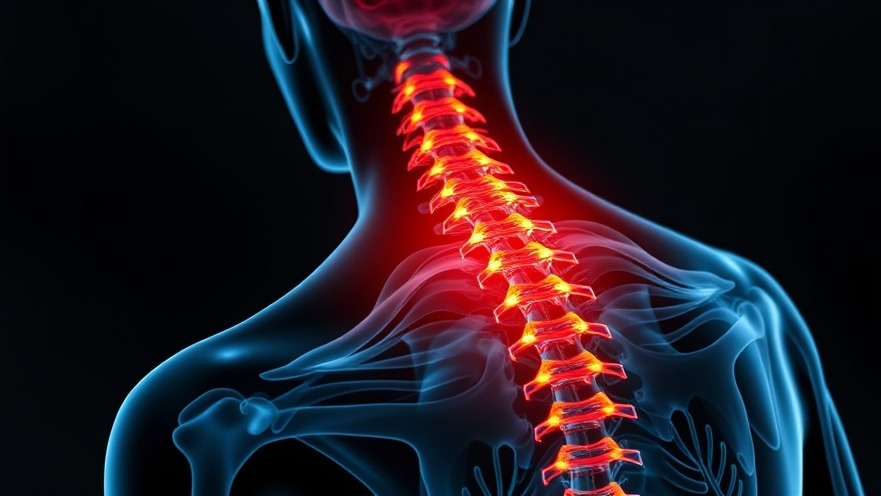
Understanding Diffuse Idiopathic Skeletal Hyperostosis: An Overview
Diffuse Idiopathic Skeletal Hyperostosis (DISH), also known as Forestier disease, is a form of arthritis that primarily affects the tendons and ligaments surrounding the spine. This condition is often characterized by the calcification of these tissues, resulting in the development of bone spurs that can restrict movement and cause discomfort in various parts of the body, including the hips, knees, shoulders, and more.
Who is Affected by DISH? A Closer Look
DISH can remain asymptomatic for long periods, leading many people to discover they have it only after an imaging test for a different issue. When symptoms do arise, they typically include morning stiffness, pain in the neck or upper back, and a limited range of motion. Additionally, some afflicted individuals may experience hoarseness or difficulty swallowing, which occurs when bone spurs compress nearby structures like the esophagus.
The Role of Lifestyle in Managing DISH Symptoms
While DISH cannot be cured, understanding lifestyle choices can significantly influence the management of the condition. Diet plays a vital role; maintaining a balanced diet aids in managing blood sugar and weight, both of which are correlated with the condition. Incorporating anti-inflammatory foods while avoiding processed sugars can provide significant benefits. Regular exercise, particularly low-impact activities like swimming and yoga, can also help reduce stiffness and improve overall flexibility.
Diagnosing DISH: What to Expect
The process of diagnosing DISH typically begins with a detailed physical exam, which may be complemented by imaging tests like X-rays, CT scans, or MRIs to visualize the calcifications on the vertebrae. If you are a digital nomad or someone frequently on the move, it's crucial to have access to healthcare facilities that can perform these necessary diagnostic tests timely, should symptoms arise.
Effective Treatments and Pain Management Strategies
The treatments for DISH focus on alleviating symptoms rather than reversing the condition. Physical therapy plays a pivotal role in managing pain; exercises tailored to improve flexibility and strength can be highly beneficial. Additionally, heat therapy may help mitigate pain during the morning hours, while pain relievers like acetaminophen or nonsteroidal anti-inflammatory drugs can be employed when needed. Wearing orthotic devices, particularly if there are bone spurs affecting mobility, can improve comfort and reduce strain during daily activities.
Conclusion: Staying Ahead of DISH While on the Move
For digital nomads, understanding DISH and its implications is key to maintaining a healthy lifestyle while traveling. Being proactive about diet, exercise, and pain management techniques can make a significant difference in day-to-day comfort. Regular check-ups with healthcare providers are essential, allowing you to adapt your work-life balance while ensuring you're equipped to handle any potential complications related to DISH. Protecting your health abroad ensures you can continue to enjoy all the benefits of a mobile lifestyle.
 Add Row
Add Row  Add
Add 




Write A Comment